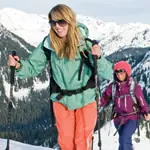
I love running outside all year round. But when I moved from temperate San Francisco to frost-bound Tahoe, I wasn't quite sure how I'd run outdoors in the winter.
Snow covered the trails, ice paved the roads and I hated the thought of spending every day inside on the treadmill.
I decided to give snowshoeing a try. After renting a pair, I headed out on a snowy trail with my dog and simply started running. Wow! Not only was I getting my daily run in, I was discovering a gorgeous winter forest which would have otherwise been completely inaccessible. I found myself in a meadow during a light snowfall and realized I couldn't hear a thing. No cars, no people, no clamoring of gym equipment. I was hooked.
Twelve years later, I still love to snowshoe, and get a thrill (and a heck of a workout) at snowshoe races in the local mountains.
Whether you're looking to maintain fitness in the cold, or you're interested in a new way to experience winter, running--and racing--on snowshoes is easier and less gear-intensive than you might think.
GEAR UP
Running in snowshoes can burn up to 45 percent more calories than running on roads. And there isn't much of a learning curve. If you can run, you can run in snowshoes. All you need is the proper gear and apparel.To take your first stride in the snow, find a pair of suitable shoes. Look for running-specific snowshoes, as they are just long and wide enough to provide adequate flotation. With lightweight, tapered designs and bindings that secure your feet comfortably, these models allow a fairly unencumbered running stride.If you're just starting to experiment with the sport, try renting shoes from a local outdoor store, which should offer pairs for around 20 dollars per day.
When you're ready to shop for your own shoes, look for models that are on the small side (21-23 inches long and 7-8 inches wide). Your weight directly correlates to the surface area of your snowshoe, so consult with a specialist at the store to ensure the best fit.
Once you have the proper footwear, you can start snowshoeing using only your normal running shoes (which attach directly to the frames) and winter clothes. For the most comfortable run, start by wearing thick socks and layer with gaiters to prevent snow seepage. A pair of Gore-Tex or otherwise waterproof running shoes will add another layer of protection. Finally, seal your feet by donning neoprene socks or cycling booties over your shoes to all but guaranteeing snug tootsies throughout your run.
While it might be 20-degrees and snowy outside, snowshoe running will make your body temperature skyrocket, so dress accordingly. You want to be slightly cold when you first head outdoors. Otherwise, you'll overheat early into your run. Dressing in layers--a moisture wicking base, a long-sleeve shirt and a breathable jacket--allows for versatility. Try running tights instead of fleece pants, as snow will stick to this fabric. Finally, cap off your outfit with lightweight gloves and a beanie. You're ready to go!
- 1
- of
- 2
Get ACTIVE on the Go


Couch to 5K®
The best way to get new runners off the couch and across the finish line of their first 5K.
Available for iOS | Android
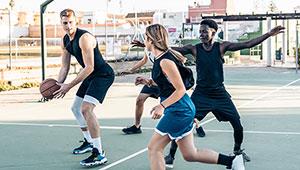
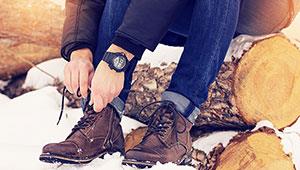
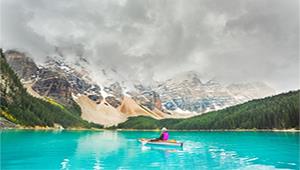

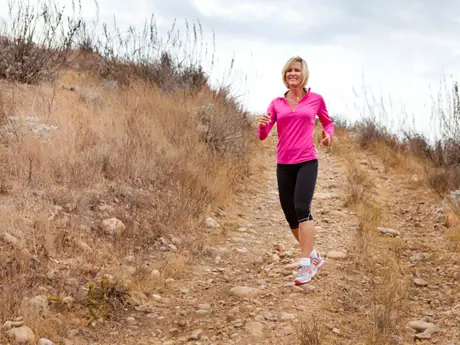

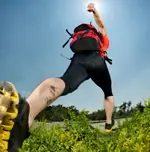
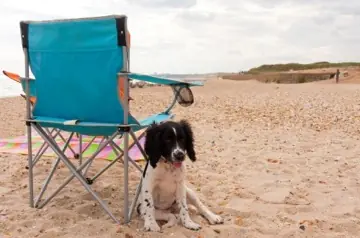
Discuss This Article